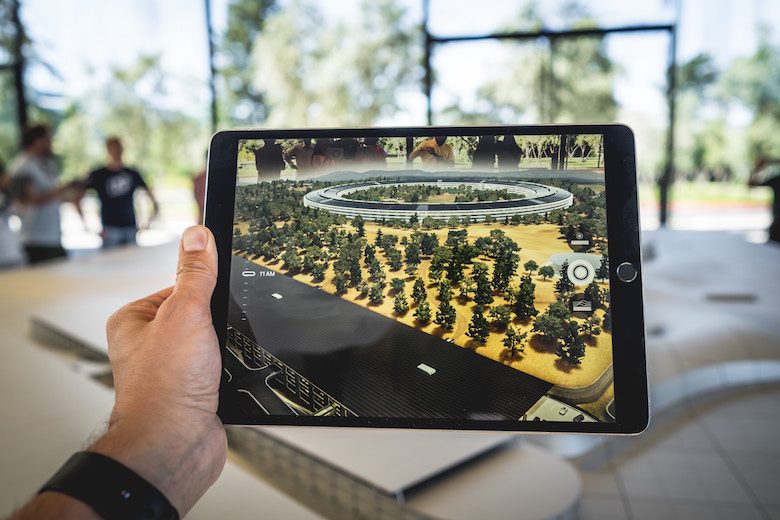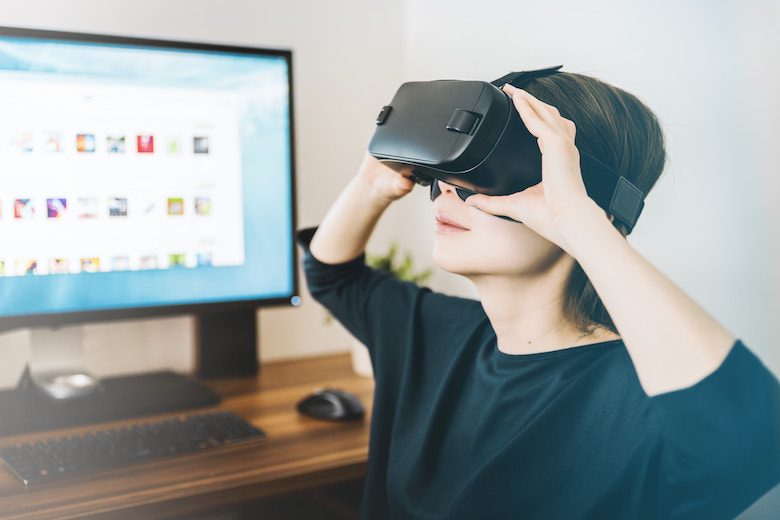At Engaging Interiors we bring nearly 20 years’ experience to the drawing board. Over this time we’ve seen huge changes in the interior design process, and we though it would be useful to outline how technology has altered our work, and how it will impact on how you collaborate and work with your interior designer in the future.
How has the interior design process changed?

In the early years our designs were printed using dieline printers to create a form of template. These would provide accurate representations of dimensions and precise placement of visual elements in a design drawing. But they were messy, with the ink often rubbing off onto your hands, and needed to be physically sent in the post to clients. As technology developed we began creating designs as PDFs, which we could send electronically. This sped up the design process as clients could immediately see their drawings, rather than having to wait for them to arrive in the post.
We now use Dropbox to share designs with clients. This has many benefits, but the main bonus is that several people can view the same documents simultaneously – at the moment we’re working on a project where 28 people are viewing the drawings at the same time. It also ensures that all versions of a document are preserved.
How is technology changing interior design for the future?

- Online mood boards: The internet allows us to access an infinite amount of images for inspiration, and the development of online mood boards has helped not just interior designers but also individuals seek out the perfect elements and ideal overall looks for their interiors
- Smart technology: With smart kitchens and smart buildings offering an increasingly synchronised and remote controlled environment. From integral induction hobs hidden within a worktop to disappearing sinks, there is scope for saving energy and space that we never had access to before
- 3D printing: The development of 3D printers has revolutionised design at many levels. Clients can now experience how a space will really look and feel. This allows us to make any alterations to the design that might arise from having a physical model of an interior, and to ensure we deliver exactly the design a client wants
- Smaller spaces: Thanks to the increasing cost of housing and construction, there’s a growing trend for tiny houses and smaller spaces. This means as interior designers we need to deliver multi-use and multi-purpose spaces and fittings
- Sustainability: Improvements in sustainable energy, smart meters and eco-friendly building materials has been driven by technological developments. We are committed to being as sustainable as possible, reducing the carbon footprint of all the spaces we work on
- 3D visualisation and VR: Again, these technologies allow clients to experience a design as it would really feel and look. This allows us to reach clients who might be located further away as we can create VR reconstructions of their space without necessarily having to physically be there. It also enables clients to choose furniture and fittings without trying them out first. 3D renderings also help construction contractors see how a design will look, rather than having to go back and forth to clarify a design. We can convey the way we’ve imagined a space far more effectively using technology like this.
Digital platforms and technological advances are constantly changing the way we work as interior designers. It’s an exciting time, and we look forward to embracing new ways to create engaging spaces that our clients love.

For more on technology in interior design go here. And to talk about how we can help design the ideal space for your business, contact us here.